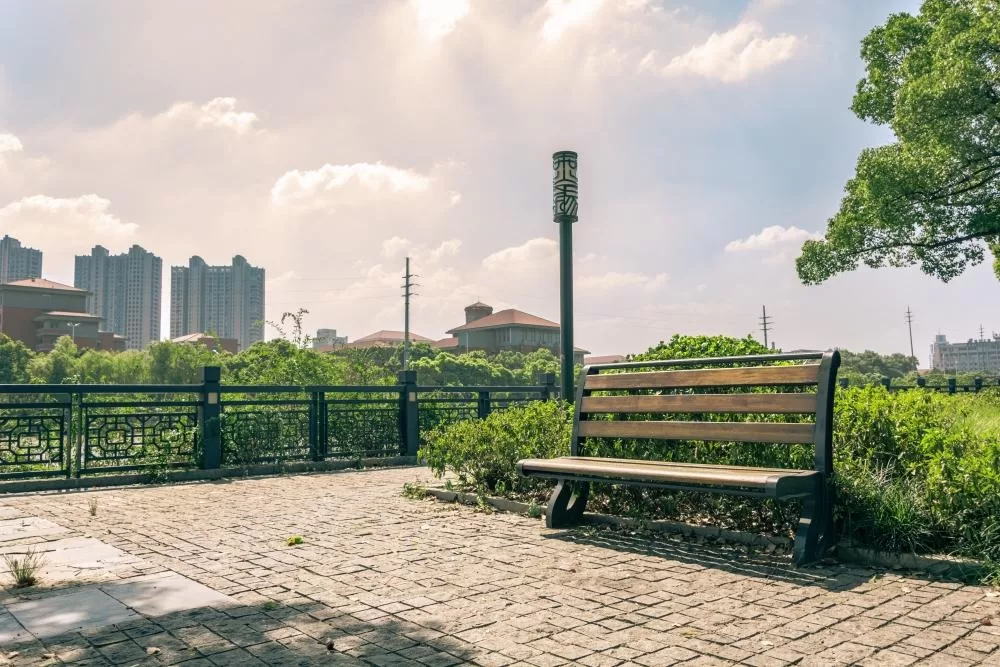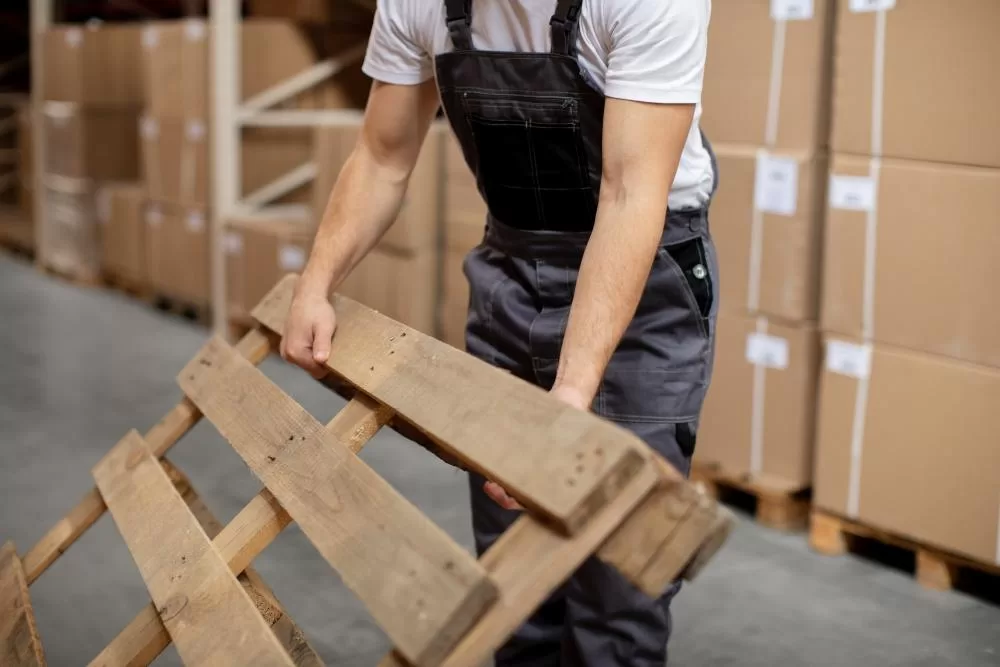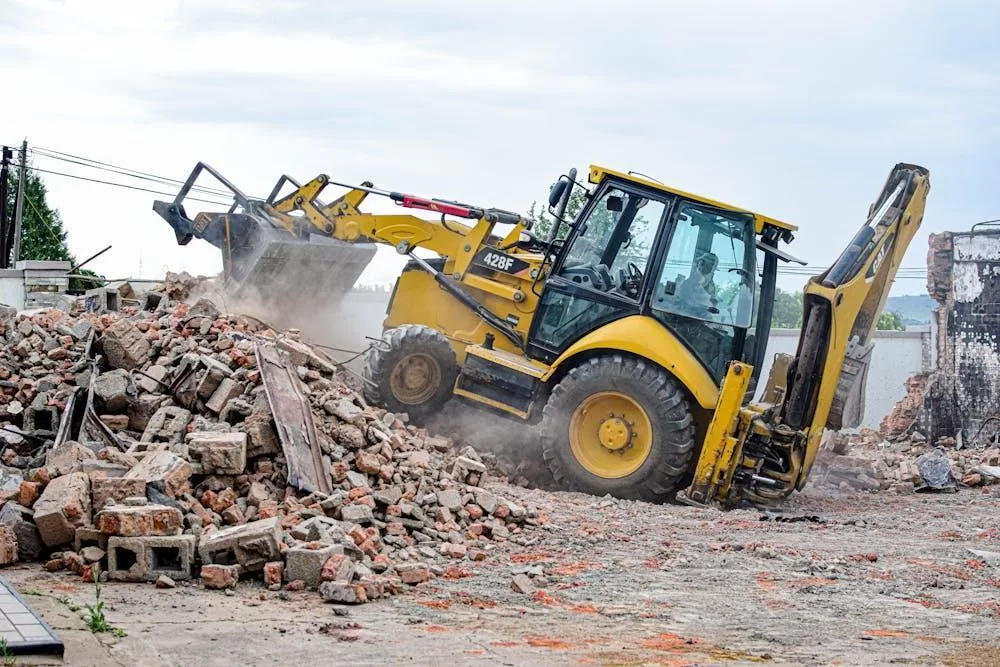As cities grow and evolve, the concept of urban sustainability is becoming increasingly important. This involves creating spaces that meet the needs of the present without compromising the ability of future generations to meet their own needs.
A key aspect of this is the use of sustainable building materials in construction and infrastructure, with wood playing a significant role. In Singapore, wood recycling offers a compelling solution to reduce waste, conserve natural resources, and contribute to a greener, liveable city. But why is wood recycling so critical for urban sustainability, and can wood be recycled from diverse sources? Let’s find out!
The Basics of Wood Recycling
Wood recycling involves recovering and transforming wood waste into usable products, reducing the demand for virgin timber and minimising the environmental impact of wood disposal in Singapore. This process encompasses a variety of wood waste materials, including:
- Construction and Demolition Debris: Construction waste typically includes wood from demolished buildings, renovations, and construction sites, such as timber offcuts, planks, and beams.
- Discarded Furniture: Old furniture items like chairs, tables, and cabinets that are no longer in use.
- Industrial Wood Waste: Wood pallets, crates, packaging materials, and other wood waste generated from industrial processes.
- Tree Trunks and Branches: Wood from tree felling, pruning, and landscaping activities.
The recycling process typically involves several stages:
- Collection: Wood waste is collected from various sources, including construction sites, demolition projects, and industrial facilities.
- Sorting: The collected wood waste is sorted to separate different types of wood and remove any contaminants, such as metal, plastic, or treated wood.
- Processing: The sorted wood is then processed, which may involve chipping, shredding, or grinding, depending on the intended end use.
- Manufacturing: The processed wood material is then used to manufacture new products, such as wood panels, furniture, landscaping mulch, disposable chopsticks, or even biofuel.
By diverting wood waste from landfills and transforming it into valuable resources, wood recycling in Singapore contributes to a more sustainable and circular economy.
Benefits of Using Recycled Wood in Urban Development
Using recycled wood in urban development projects also comes with plenty of benefits. By incorporating recycled wood into building projects, Singapore can contribute to a more sustainable and resource-efficient urban environment.
Environmentally, the benefits include:
- Reduced Deforestation: Using recycled wood lessens the demand for virgin timber, reducing pressure on forests and preserving vital ecosystems. This contributes to biodiversity conservation and helps mitigate climate change by safeguarding carbon sinks.
- Minimised Landfill Use: Diverting wood waste from landfills extends the lifespan of these sites and reduces the environmental impact associated with waste disposal. Landfills generate harmful greenhouse gases and can contribute to soil and water contamination. Wood recycling helps alleviate these issues.
- Lowered Carbon Emissions: The production of new wood products from raw materials is energy-intensive and contributes to carbon emissions. Utilising recycled wood can reduce the energy required for processing and manufacturing, resulting in a lower carbon footprint for construction projects.
Economically, recycled wood offers:
- Cost Savings: Recycled wood material can often be sourced at a lower cost than virgin timber, providing cost savings for developers and construction companies. This can make sustainable building practices more financially viable and encourage wider adoption.
- Reduced Waste Management Expenses: By diverting wood waste from disposal, developers can reduce waste management expenses. This contributes to overall project cost savings and promotes a more efficient use of resources.
Recycled wood can also enhance the aesthetic appeal of buildings and public spaces due to its unique characteristics, adding character and visual interest to architectural designs.

Challenges in Wood Recycling for Urban Development
While the advantages of wood recycling are numerous, there are challenges to overcome to integrate recycled wood into urban development projects.
- Quality Assurance: Wood waste can vary in condition, type, and previous treatments. Implementing rigorous quality control measures is essential to guarantee that recycled wood meets the required standards for construction and structural applications.
- Supply Consistency: The availability of recycled wood depends on various factors, including construction and demolition activity, furniture disposal patterns, and the efficiency of wood waste collection systems. A reliable supply chain can ensure a steady flow of recycled wood.
- Public Perception: Some may view recycled wood as inferior in quality or aesthetics compared to virgin timber. Educating the public about the benefits and potential of reclaimed wood is essential to promote its wider acceptance and adoption.
However, these challenges can be addressed through proactive measures and industry collaboration.
- Develop Standards and Certifications: Establishing clear standards and certifications for recycled wood can ensure quality assurance and build confidence among developers and consumers.
- Strengthen Supply Chains: Investing in efficient wood waste collection and sorting systems can improve supply consistency. For instance, partnering with a waste management company in Singapore like BNL, which specialises in waste disposal services, can ensure a reliable supply of recycled wood.
- Promote Awareness and Education: Raising awareness about the benefits of wood recycling and showcasing successful case studies can help shift public perception and encourage greater adoption of recycled wood in urban development.
Build a Greener Future with Recycled Wood
The use of recycled wood in urban development represents a significant step towards a more sustainable and environmentally conscious approach to construction. By using recycled wood, we can reduce our reliance on virgin timber, conserve natural resources, and minimise the environmental impact of our cities.
As we continue to build and develop our urban spaces, let’s prioritise sustainable practices and consider wood recycling as part of our construction strategies. Together, we can create functional, aesthetically pleasing, environmentally responsible, and resource-efficient cities.




